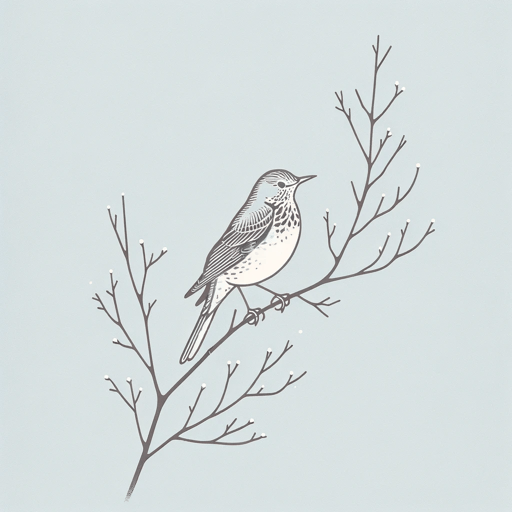18 pages • 36 minutes read
Thomas HardyThe Darkling Thrush
Fiction | Poem | Adult | Published in 1900A modern alternative to SparkNotes and CliffsNotes, SuperSummary offers high-quality Study Guides with detailed chapter summaries and analysis of major themes, characters, and more.
Symbols & Motifs
The coppice gate
While Hardy describes a varied scene with many visual elements in “The Darkling Thrush,” the speaker never moves from his starting place: a coppice gate, which he leans against in Line 1. As discussed in the Analysis section, “coppice” refers to a copse of trees. Thus, the scene involves the speaker standing on the edge of town, perhaps, looking out onto the wood.
“Copse” has obvious visual and aural similarities to “corpse,” signaling the predominance of death in Hardy’s narrative early in the poem. Gates—like doors, bridges, and crossroads—are also liminal places, meaning they represent a boundary between spaces. In myth and folklore, liminal spaces are dangerous. Supernatural manifestations are especially likely in transitional areas, as supernatural beings are themselves liminal, somewhere between dead and alive. Thus, Hardy’s innocuous “coppice” (Line 1) gate carries a distinct tone of dread.
Metaphorically, Hardy himself also stands at the “gate” (Line 1) between the 19th century and the 20th in writing “The Darkling Thrush.” He supposedly composed the poem on New Year’s Eve, the “gate” (Line 1) from one year to the next. The gate works on many metaphorical levels to symbolize transition: from civilization to wilderness, from 







Related Titles
By Thomas Hardy
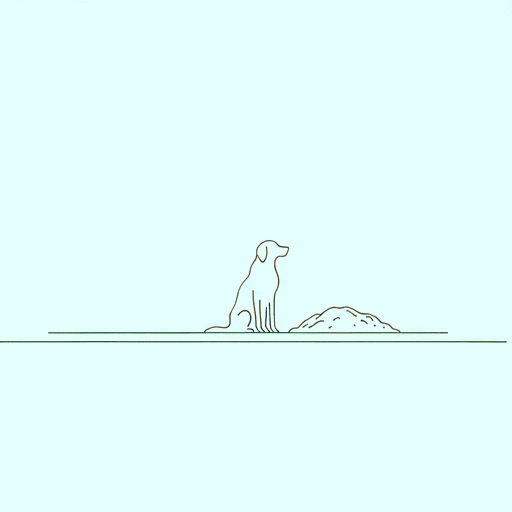
Ah, Are You Digging on My Grave
Thomas Hardy
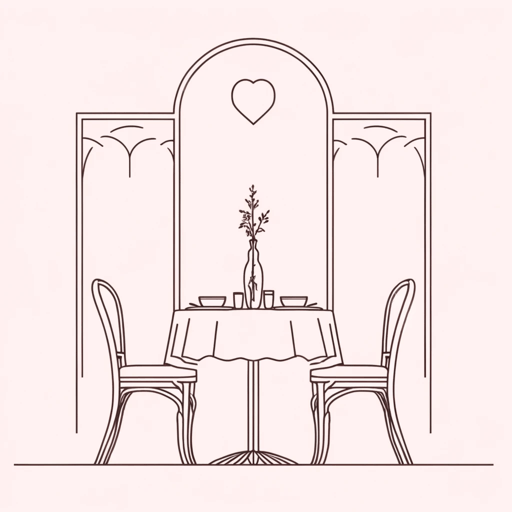
At an Inn
Thomas Hardy
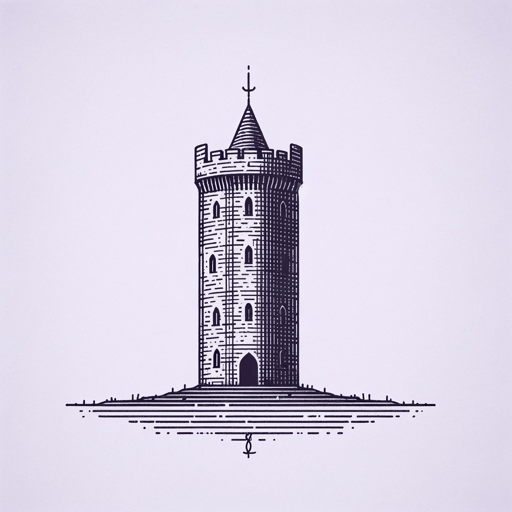
Channel Firing
Thomas Hardy

Far From The Madding Crowd
Thomas Hardy
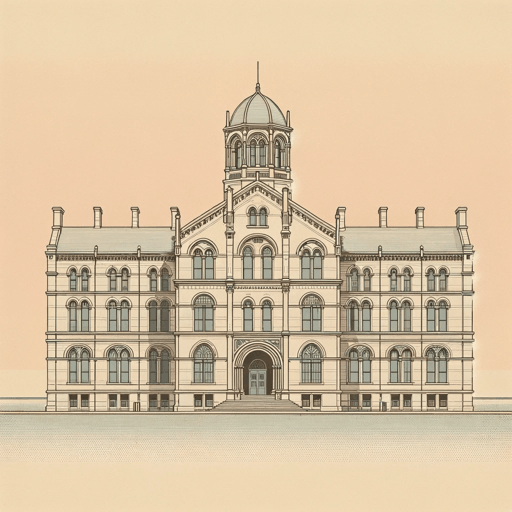
Jude the Obscure
Thomas Hardy
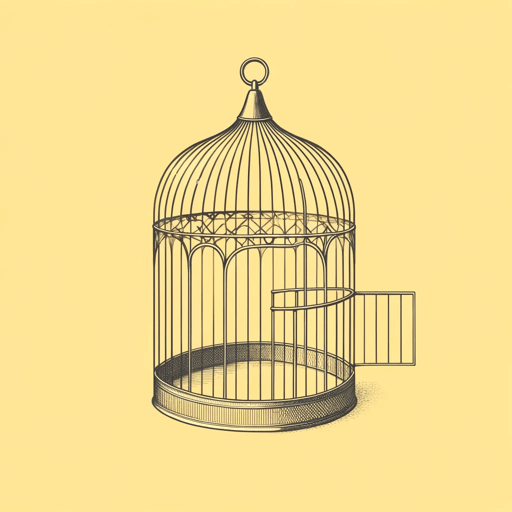
Tess of the D'Urbervilles
Thomas Hardy
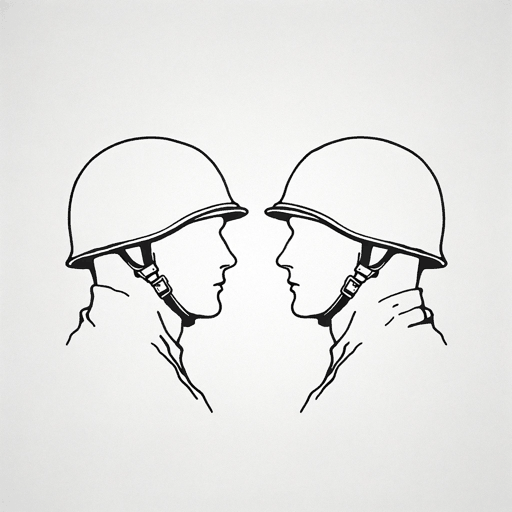
The Man He Killed
Thomas Hardy
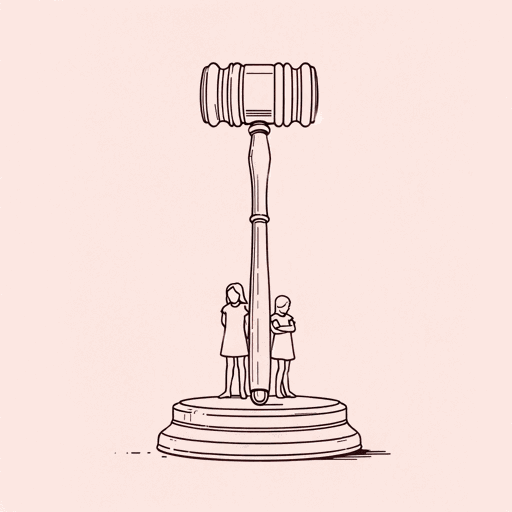
The Mayor of Casterbridge
Thomas Hardy
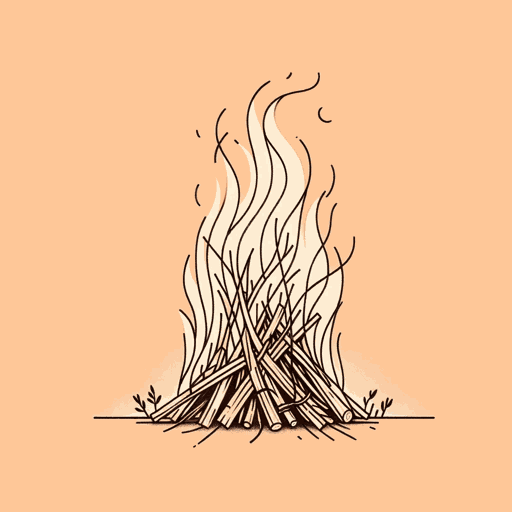
The Return of the Native
Thomas Hardy

The Withered Arm and Other Stories
Thomas Hardy
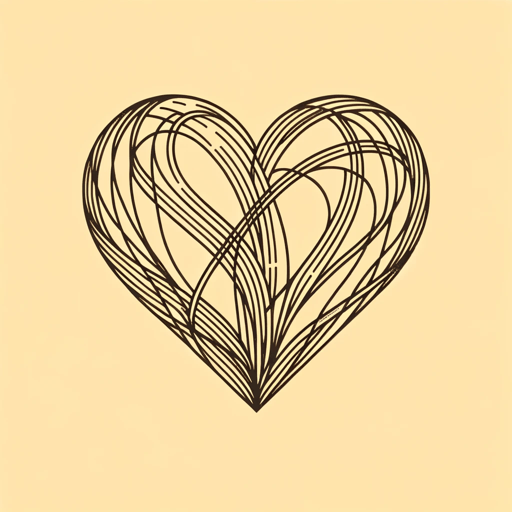
The Woodlanders
Thomas Hardy
